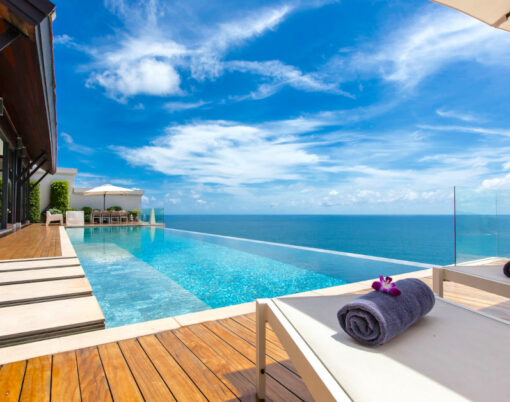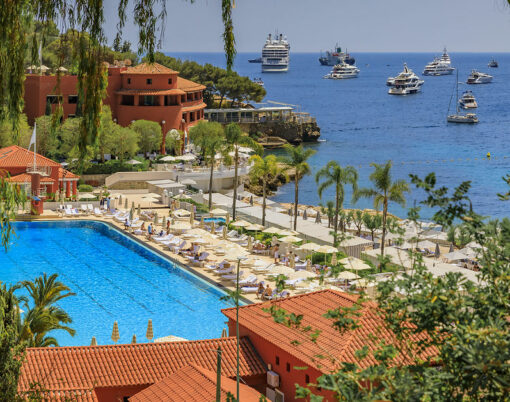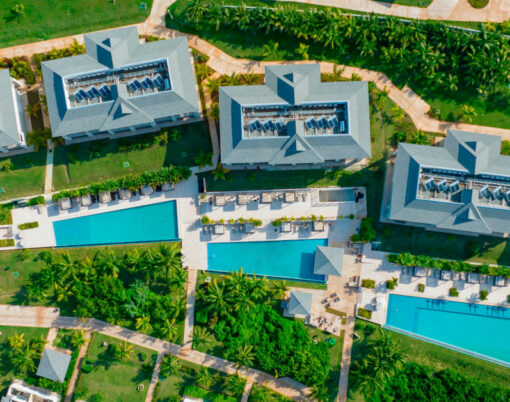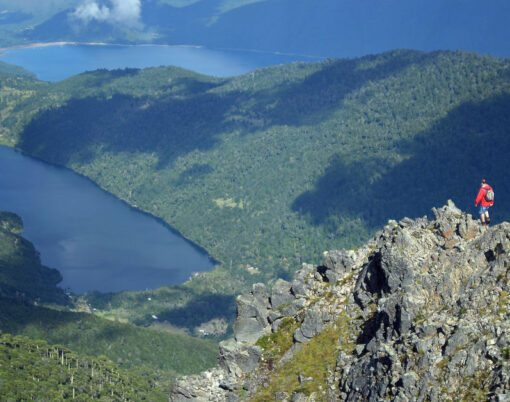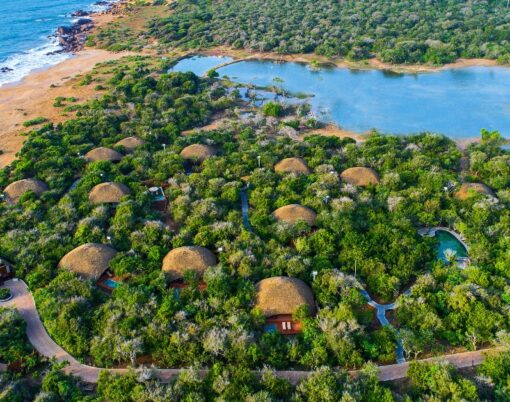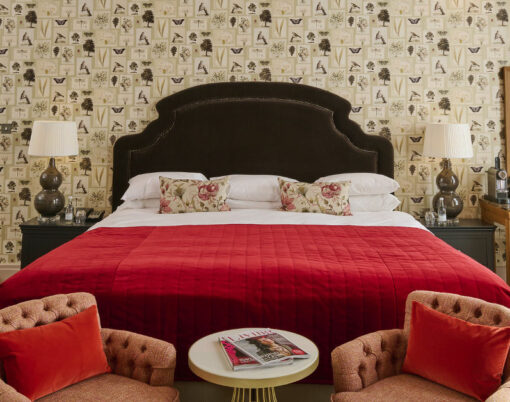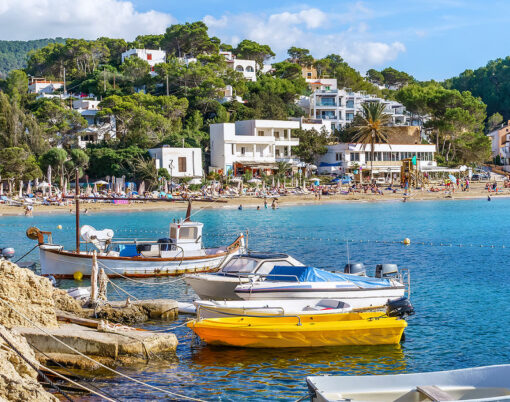Prior to the lockdown, I was most fortunate to encounter a little Irish charm when I opted for a relaxing weekend break in Cork. This intriguing city, located on the banks of the majestic River Lee, is separated into two channels and the centre of the city nestles on an island formed by those channels. To the east of the city centre the channels reunite and quays and docks lead the way into Lough Mahon at the high end of Cork Harbour, one of the world’s greatest natural harbours.
In 606 AD, Cork was a monastic community established by Saint Fin Barre, and his church and monastery were located on the spot where, today stands the Church of Ireland’s imposing Cathedral of Saint Fin Barre, consecrated in 1870. I wandered around this magnificent structure, admiring the Bath stone interior enhanced by the red Cork marble lining the walls as the golden sunlight flooded through the beautiful stained glass windows. The soaring Gothic spires and the bell tower, where eight of the thirteen bells date back to 1753, are simply mesmerising.

The Red Abbey, considered a national monument, is another popular site to visit. Dating back to the Middle Ages, it stands on the site of an Augustinian abbey, deemed to have been established in the 14th century and thought to have been occupied by friars until the 1700s. During the siege of Cork in 1690 the abbey tower was used as a vantage point to stem the rebellion and to break links with James II, King of England. Alas, the original building was destroyed by fire in 1799 but the square tower remains intact and is the oldest structure throughout the city.
A popular spot to visit for a local lunch is the English Market, which has been trading since 1788 and is located on Prince’s Street along the tree-lined Grand Parade. The market attracts hordes of locals and visitors alike and when her majesty Queen Elizabeth II visited in 2011 she was said to be delighted. I browsed along the stalls, crammed with traditional Irish fare and culinary delights from around the world. Settling down on a perch, at one of the stall side counters, I sampled a few slivers of blood sausage, known as ‘drisheen’, and then tasted ‘battlebord’, a delicious dish of fresh buttered eggs and dried salted ling, followed by a boiled pig’s foot, known as a Crubeen.

With a fancy for an afternoon tipple or two I walked along to the Franciscan Well Brewery on North Mall where, I was reliably informed, a traditional warm Irish welcome awaits. Beers are brewed in-house and the shining copper tanks at the rear of the bar dispense the beers direct to the taps. I found myself a table in the covered beer garden and was engaged in lively conversation with the regulars in no time at all.
I then headed for the nearby Church of St Anne, founded in 1726, which is situated in the Shandon area of Cork city. Known locally as the church tower of Shandon, it perches on a hill overlooking the River Lee, and the church tower, which is noted for its eight bells, is regarded as a landmark and a symbol of the city. Visitors are welcome to climb to the first floor and ring the bells themselves.
Blarney Castle, another popular attraction, is only fifteen minutes by road from the city. The castle dates back to 1446 and was built by Dermot McCarthy, King of Munster. The lower walls are fifteen feet with an angle tower built by the McCarthy’s of Muskerry. The castle was then occupied by Cormac McCarthy, King of Munster, whom it is said, sent four thousand of his men to support the forces of Robert the Bruce at the battle of Bannockburn in 1314.

According to legend the Scots gave half of the Stone of Scone to McCarthy in appreciation of his support and this stone was incorporated into the battlements of Blarney Castle. Those who kiss the Blarney Stone, and the majority of visitors do so, are said to be rewarded with the gift of eloquence.
To experience a little piece of heaven and to take advantage of a true haven of tranquillity, I embarked on a stroll around the castle’s wide variety of gardens. The bog garden features two calming waterfalls and it’s the ideal place to reflect on the stunning surroundings. I wandered along the wooden boardwalk, passing by several varieties of bog plants, and paused awhile to admire a group of three yew trees, said to be over 600 years old.
The Fern Garden is located at the end of a grassy path often lined with beautiful wild flowers and it features a display of over 80 types of fern, one of which is the 204-inch high Dicksonia Antartica, the tallest fern in Ireland. The poison garden is simply fascinating and includes a collection of plants, which are all highly toxic and safely displayed in large cage-like structures. Exhibits include Ricin, Wolfsbane and Mandrake.
I then took a leisurely stroll along the Mardyke Riverside Walkway, which opened in 2006. The new Mardyke Bridge spans the river Lee and is the ideal spot to take a minute or two to admire the beauty of Mother Nature all along the banks of the river.

Feeling a trifle fatigued after all my excursions, I checked into the sumptuous Hayfield Manor located on Perrott Avenue in the centre of the city. This family owned business opened in 1996 and is the recipient of the 2020 Independent Reader Travel Award for Ireland’s Best Welcome. Accommodations are beautifully furnished with tasteful antiques, plush fabrics and comfortable beds with plump pillows, ensuring a deep slumber for weary explorers.
I was fortunate to stay in a grand suite, which measures 750 square feet and includes a living room with a three piece suite and a marble fireplace. The large windows flood the space with natural light and provide sweeping views across the manor gardens. Hotel facilities include a luxury spa offering a wide variety of treatments including facial therapies, body rituals and massages. And, for an exceptional dining experience, Orchids, the hotel’s award winning restaurant offers an extensive menu of delicious dishes presented in opulent surroundings and of course, as expected, the service is excellent.

Partial to a late night tipple and some traditional Irish music, I went along to ‘Sin è’ which translates to ‘That’s it’, in reference to the funeral parlour next door! This lively and popular pub, located on Coburg Street, first opened in 1889 and has been presenting ‘live’ traditional Irish music for more than 50 years. The most popular musicians play on Tuesday, Friday and Sunday and you can expect some spontaneous and energetic dancing and singing and I was easily persuaded to join in a hearty rendition of Paddy McGinty’s Goat!
‘Now Patrick McGinty, an Irishman of note, fell in for a fortune, and he bought himself a goat. Say’s he ‘sure of goat’s milk I’m going to have me fill’, but when he brought the nanny home, he found it was a bill.’
Spend a weekend in Cork and you’ll be charmed.
Factbox
For more information on the featured hotel, visit hayfieldmanor.ie.
Images (excluding accommodation) provided with the kind permission of Tourism Ireland.













